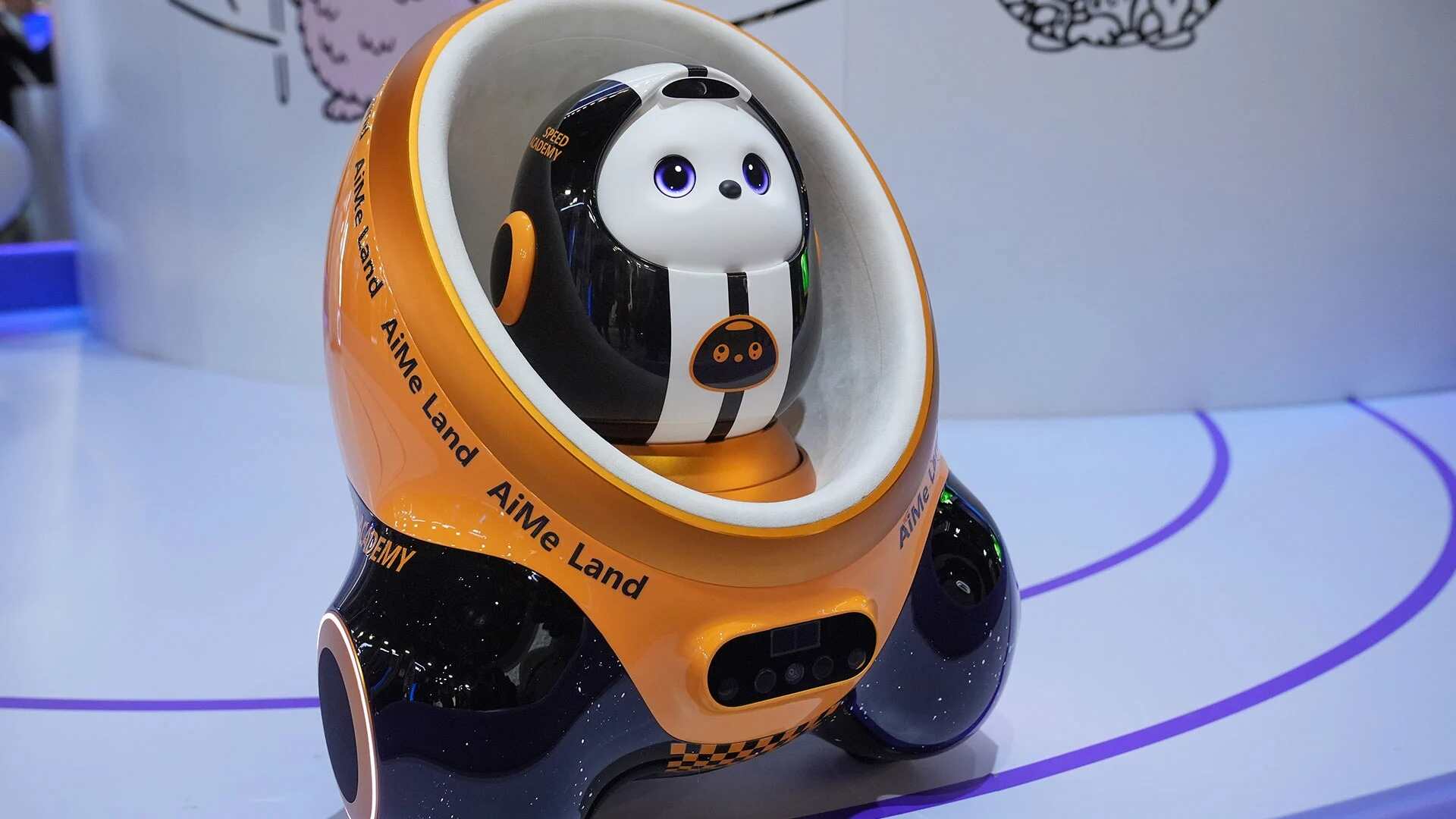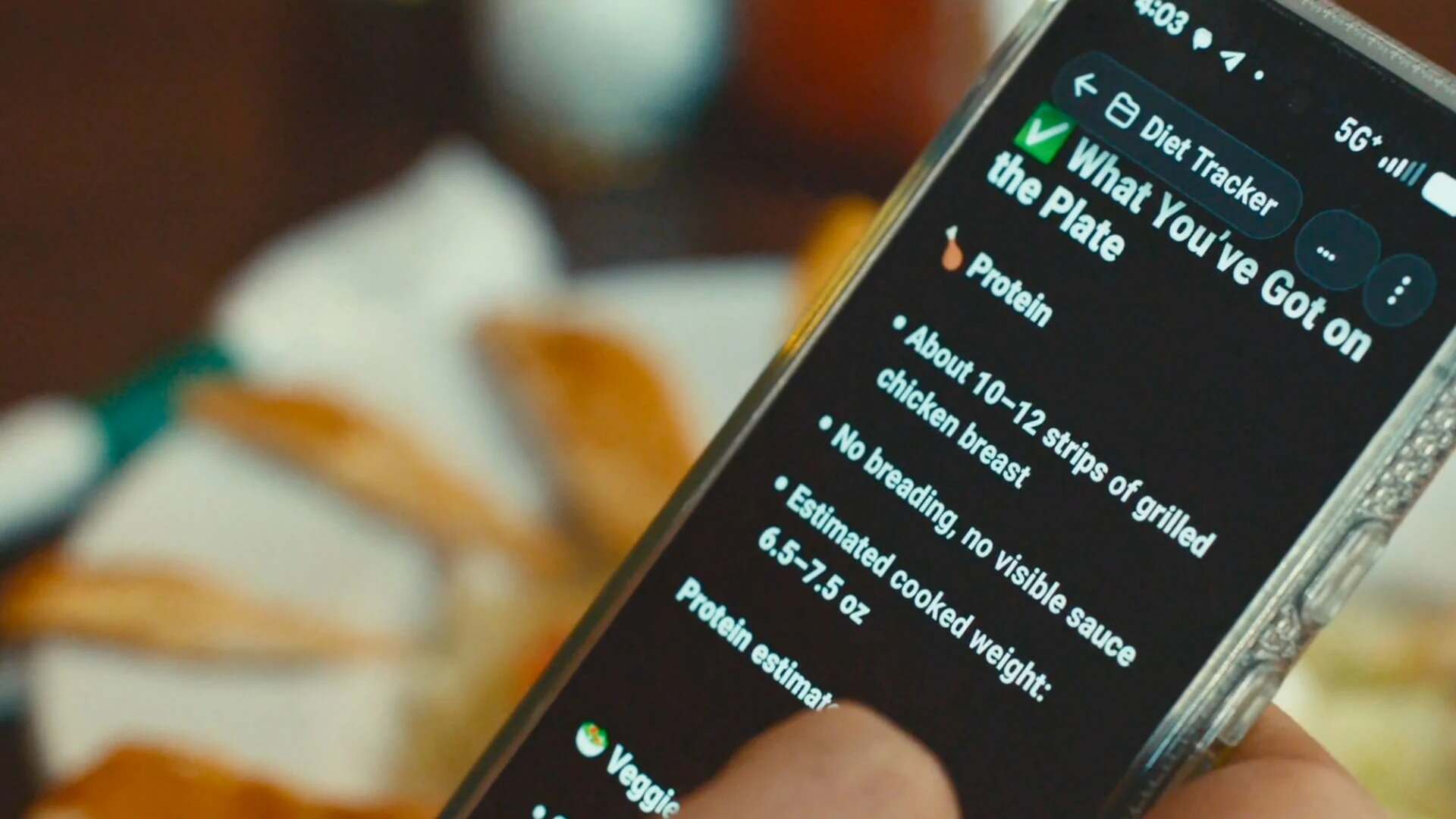- | 8:00 am
Why Apple’s iPhone event felt like such a horn of plenty
New iPhones, AirPods, and Apple Watches don’t reserve their best features for the priciest models. And Apple even has new stuff for devices you already own.

There was a time—it went on for years and years—when a large percentage of Apple’s product strategy was about subtraction. Most famously, it didn’t matter whether you were perfectly happy plugging in your wired headphones. The company went right ahead and removed the iPhone headphone jack back in 2016, helpfully informing us that doing so was an act of courage. It seemed plausible that its long-term goal was to turn the iPhone into a sleek, pocketable screen with no ports or buttons at all.
More recently, Apple has been more open-minded about adding stuff instead of taking it away. But its additions have often been inducements to splurge on a top-of-the-line product rather than settle for a lower-priced model or (God forbid) stick with the one you already own. For instance, if you got excited about last year’s Action Button—I sure did!—you had to spring for an iPhone 15 Pro or iPhone 15 Pro Max to get it.
Which brings us to the launch event Apple held on Monday. (As usual these days, it was an ultra-polished streaming video rather than a true live event; I attended an in-person viewing and hands-on showcase at Apple Park.) Rather than stripping down its new products, the company beefed them up. It didn’t withhold much from the more budget-priced variants, either. And a sizable percentage of the event was even devoted to new capabilities for existing Apple products. The whole thing felt like a bounteous horn of plenty in a way I found wholly surprising and refreshing.
Case in point: the new Camera Control. It’s yet another button—one you can press with varying degrees of pressure and swipe to snap pictures, zoom in and out, and apply filters, among other photographic tasks. You can also use it to get AI-assisted information on items in the camera’s view, like reviews of a restaurant or the breed of a dog you meet. Third-party developers such as Snap have access to the button as well, allowing them to devise unique features in their own apps.
In my brief time with the Camera Control at an Apple demo station, its sheer physicality made the iPhone feel radically more camera-like than when you interact with it entirely by poking at its screen. But the way Apple is already using the feature as a gateway to Apple Intelligence and opening it up to other app creators shows its potential to be far more than a mere shutter button. It feels like the future, and introducing it as an iPhone 16 Pro and iPhone 16 Pro Max exclusive might have made perfect sense.
Instead, Apple is putting the Camera Control in every new iPhone from the $799 iPhone 16 on up, giving it a shot at becoming an iconic, differentiating feature for the entire line. Moreover, the company is adding last year’s Action Button to the non-Pro iPhone 16 models, further erring on the side of tricking out entry-level iPhones as well as the high-end variants.
Meanwhile, you do need to buy an iPhone Pro to get the 5X zoom camera that debuted in last year’s iPhone Pro 15 Max. This year, however, the feature has migrated to the smaller iPhone 15 Pro as well, reducing the starting price for a 5X-zoom iPhone from $1,199 to $999.
On the AirPods front, Apple is introducing a version of the new AirPods 4 that includes active noise cancellation—formerly an AirPods Pro-only benefit—for $179. That’s $50 more than the baseline AirPods 4 but $70 less than the AirPods Pro 2. Offering two AirPods Pro 4 variations strays from Apple’s historic focus on keeping buying decisions simple, but gives price-conscious shoppers the ability to get ANC at a newly affordable price point.
Belying the Apple September product event’s traditional emphasis on conspicuous consumption, this year’s edition highlighted several new features that don’t require new hardware purchases. Sleep apnea detection is coming to last year’s Apple Watch 9 and Apple Watch Ultra 2 as well as the new models. And the 2-year-old AirPods Pro 2 will be able to serve as over-the-counter hearing aids and work with a new iPhone-based hearing test. It’s not remarkable in itself that Apple is continuing to improve the functionality of existing gadgets, but it promoted these after-the-fact enhancements with the same exuberant showmanship as it would if they were selling points for its latest products.
There can be a strange dynamic at work for products as mature as the iPhone, Apple Watch, and AirPods. People love to declare themselves unimpressed with new versions: In an Atlantic report titled “Yet Another iPhone, Dear God,” Ian Bogost wrote that he found no reason in this week’s news to upgrade from his iPhone 12 Pro. According to TD Securities, iPhone buyers are now holding on to their phones for almost five years, a far longer tour of duty than in days of yore.
You can have worse problems than still being satisfied with a device you acquired years ago (and, I hope, long ago paid for). That ongoing satisfaction is a challenge for Apple, though. By spreading new features widely, it might make upgrades more tempting. Yet it’s also showing increasing zeal for ambitious updates to older products—the furthest thing possible from the planned obsolescence it’s sometimes accused of orchestrating.
You’ve been reading Plugged In, Fast Company’s weekly tech newsletter from me, global technology editor Harry McCracken. If a friend or colleague forwarded this edition to you—or if you’re reading it on FastCompany.com—you can check out previous issues and sign up to get it yourself every Wednesday morning. I love hearing from you: Ping me at hm********@*********ny.com with your feedback and ideas for future newsletters.







































